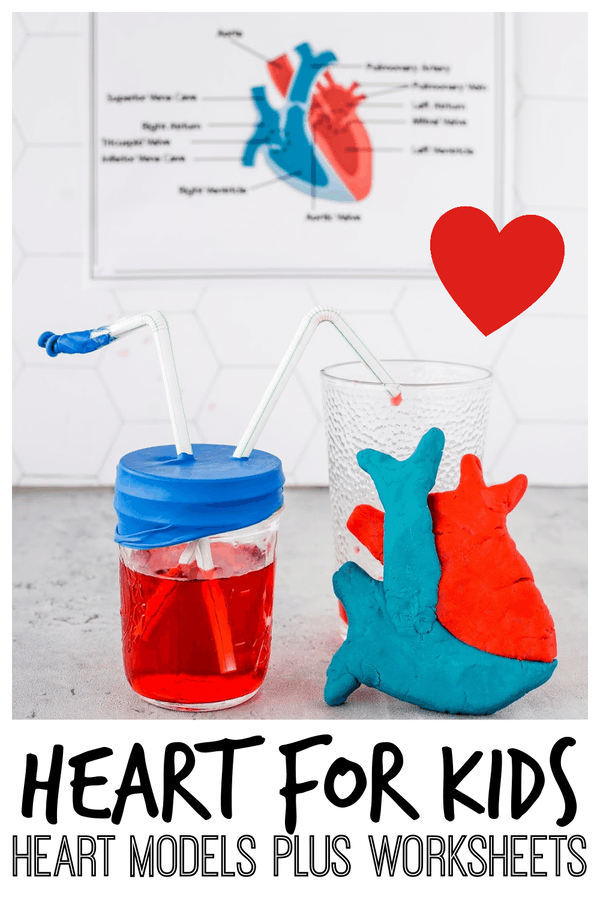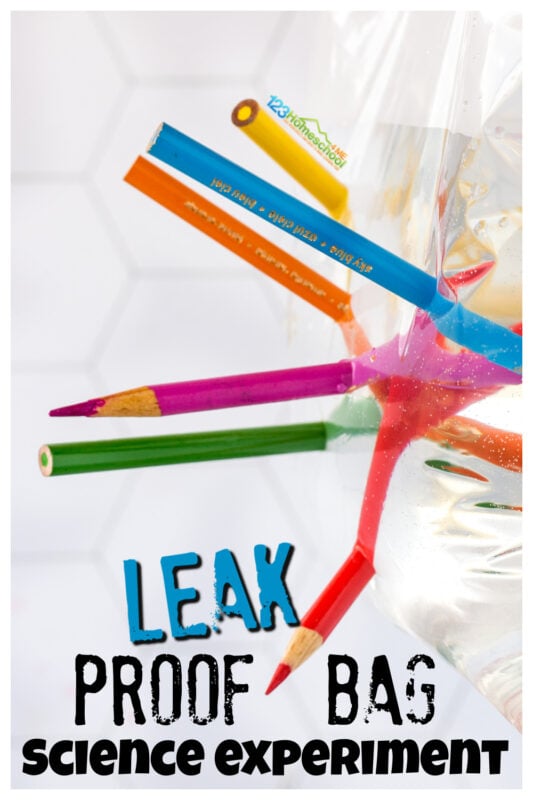Every kid should have a chance to play the mad scientist at least once in their childhood. Chemistry, with its mixing of potions and unexpected results, is the perfect way to introduce science to young kids. This experiment is particularly appealing, because kids get to mix substances and solutions together and will likely be surprised by the color changes this mixing brings about.

Color Changing Acid-Base Experiment
Acid/Base Background
Nearly every liquid is either acidic or basic in nature. Acids are molecules that release hydrogen ions (H+) when dissolved in water. Bases release hydroxide ions (OH-). The pH scale is a way of measuring and precisely specifying how acidic or basic a solution is. Liquids with a pH between 0 and 7 are considered acidic, while liquids with a pH between 7 and 14 are considered basic.
Liquids, such as distilled water, with a pH of 7 are considered neutral. They are neither acidic nor basic, because they contain an equal concentration of hydrogen ions and hydroxide ions. If a liquid has a pH near 7, it is considered either a weak acid or a weak base, depending on which side of the scale it falls. In contrast, an acid with a pH near 0 is very strongly acidic and a base with a pH near 14 is very strongly basic. These substances are dangerous and can cause corrosion and burns.
So how do scientists know if a substance is an acid or a base? One way is using something called an indicator, which changes color depending on the pH of the substance it comes in contact with. The most widely known indicator is litmus paper which turns red in acidic solutions and blue in basic solutions. However, it is easy to make your own. One commonly used natural indicator is red cabbage juice. Another is turmeric, a spice found in the Indian food, curry.

In order to put together this experiment quickly and easily, I’ve used an indicator of turmeric and rubbing alcohol. This solution changes color from yellow-ish orange to dark red when in contact with bases. While the child will not be able to distinguish acids from neutral substances, if they add a substance to the turmeric indicator and it turns red, they will know that that substance is definitely a base.

Color Changing Acid-Base Experiment Materials:
- turmeric (we used 1 teaspoon)
- isopropyl (rubbing) alcohol (we used 1 cup)
- measuring glass or cup
- 1/2 or 1 tsp measuring spoon
- spoon for stirring
- empty glasses or clear plastic containers for observing reactions
- masking tape and marker to label containers

You will also need substances to test. We used:
- distilled water
- soap
- laundry detergent
- baking soda
- vinegar
- lemonade
- borax
- oxygen bleach
However, the possibilities are endless. Here are some other suggestions:
- orange juice
- tomato juice
- soda
- milk
- shampoo
- conditioner
- body wash
- dishwashing soap
- bar soap
- salt water
- chlorine bleach
- bubbles
Color Changing Acid-Base Experiment Instructions
First, you need to make your indicator solution. Mix 1 cup of rubbing alcohol with 1 teaspoon of turmeric. (You can half or double the ingredients if you want more or less indicator.)

Next, label your glass or plastic containers with each of the solutions you want to test.
Divide your indicator solution between your test cups. Since we had 8 glasses, we put approximately 1 ounce of solution in each of our cups. (The exact amount is not important.)

Finally, allow your child to pour a small amount of each test substance in the corresponding labeled container. If the indicator solution starts to turn a deep red, the child will know the test substance is a base. If the solution does nothing, they will know it is either an acid or is neutral.

For added fun, your kids can add a little bit of acid (such as vinegar) to the solutions that they found to be basic. Like magic, they will change back to their original color!

Once you’re all done, some kids will have an irresistible desire to mix all their “potions” together. I say let them! What better way to nurture budding scientific curiosity?

(If you have them, pipettes make a great way to ensure the ensuing “science” doesn’t get onto counter-tops and other surfaces. With my kids, pouring is often messy. Learning to use a pipette is a great fine motor control activity as well.) Have fun encouraging your young chemist!

Fun Science Experiments for Kids
Looking for more outdoor activities for kids and things to do in the summer? Your toddler, preschool, pre k, kindergarten, and elementary age kids will love these fun ideas to keep them busy all summer long:
- Marshmallow Shooters – go over 30 feet!
- Amazing Lemon Volcano Experiment for Kids
- 2 ingredient Easy Slime Recipe
- How to Make a Simple Newton’s Cradle Science Experiment
- Watermelon Volcano Experiment – Summer Activity for Preschoolers
- Super Simple Sand Slime
- EPIC Mentos and Soda Experiment
- How to Make a Lava Lamp – it’s super EASY!
- Kids will no nuts over this simple Pop Rock Experiment
- Easy Button Crafts for Kids
- Handprint Strawberry Craft for Summer
- Grow Your Own Crystals
- Water Balloon Experiment – exploring densit with an EPIC summer activity for kids
- Amazing Bubble Painting
- Mind Blowing Color Changing Playdough
Summer Activities for Kids
- Egg Shell DIY Chia Pet Craft – Silly Spring / Summer Activities for Kids
- Grass Head Craft for Kids
- Human Heart for Kids: 2 Fun Heart Models plus Worksheets
- EASY Stained Glass Pasta Art for Kids
- Simple Flower Mason Jar Lid Crafts
- Free Beach Worksheets for Kids
- Chromatography Butterflies – EASY Butterfly Craft for Kids
- Silly Bandaid Art Craft for kids
- Blow GIANT bubbles with this Homemade Bubble Solution
- Outrageously FUN Bubble Painting
- Bleeding Tissue Paper Fireworks Craft
- Fun to play with Ocean Slime
- Beautiful Flower Suncatcher Craft
- 30 Fun June Crafts for Kids
- Kids will be amazed at the l-o-n-g colorful bubble snakes they can make with this easy activity
- Must try Lego Zipline
- Exploding Watermelon Science Experiment
- Homemade Chalk Recipe
- 75+ FUN Scavenger Hunts for Kids
- Find activities by month with our June Crafts for kids or our June Activities for Kids!
- 20+ Printable Roadtrip Games
Fun Summer Activities for Kids
- Ice Cream Edible Playdough
- Whip up a batch of Kool Aid Playdough – it smells amazing!
- EASY, Vibrant Sidewalk Chalk Paint for Kids
- Color-Changing Flowers – Capillary Action Science Experiment
- Fun-to-play with Fluffy Slime Watermelon Activities for Preschoolers
- Leak Proof Bag – Amazing Science Experiment with Everyday Materials
- Mind-Blowing Magnetic Slime for Kids
- I Spy DIY Bottles are quick, easy and FUN!
- Amazing Tin Foil Art Project for Kids of all Ages
- Vinegar and Baking Soda Rocket Science Experiment for Kids
- Summer Bucket List Printable with Ice Cream Theme
- How to Make Ice Cream in a Bag
- Ice Cream Playdough Patterns
- Head to the zoo with this FREE Zoo Scavenger Hunt – lots of choices for all ages!
- Make your favorite animal with one of these 100 animal crafts
- Try one of these fun Animal I Spy Printables
- Epic Squirt Gun Painting
- 10+ Pasta Flower Crafts for Kids
- Play with your food using this goldfish counting activity
- After seeing the frogs at the pond, grab this free life cycle of a frog worksheet
- Avoid the summer learning loss by practicing math with these crack the code worksheets
- First Day of Summer Craft
- Create this gorgeous stained glass art for kids
- 107 Epic Summer Activities for Kids















Leave a Reply